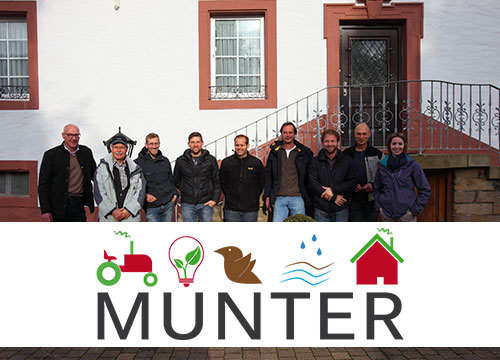
The MUNTER project, which is funded by the EU through the state of Rhineland-Palatinate as part of a European Innovation Partnership “Agricultural Productivity and Sustainability” (EIP-Agri), is dedicated to the development of a management system for farmers and municipalities.
The management system makes a major contribution to environmental protection and nature conservation by optimising the cultivation of energy crops.
Since the additional use systems are placed at landscape locations where the achievable additional services are also remunerated, there is an additional economic added value.
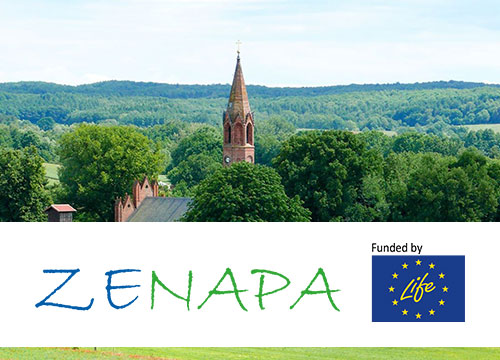
The LIFE-IP ZENAPA project aims at the CO2e neutrality of large protected areas (GSG). This term covers national parks, biosphere reserves and nature parks.
Together with eleven partners from Germany and Luxembourg, the IfaS pursues on the one hand a contribution to climate, nature and species protection – by taking concrete, climate-relieving measures – and on the other hand to prove that protection goals do not contradict each other, but rather complement each other and can be achieved cooperatively.
The main objective is to implement the national and Europe-wide climate protection goals (CAP 2020 and CPP 2050), taking into account national and European biodiversity and bioeconomic strategies.
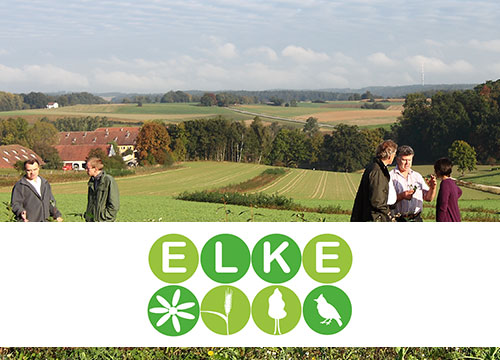
ELKE develops practical knowledge as an immediately applicable answer to central current questions on agriculture, nature conservation and climate protection in Germany.
The ELKE concept integrates extensive agricultural systems for the production of renewable raw materials as compensation for interventions in nature and landscape. Due to a shortage of land and an increasing demand for raw materials, the use of the remaining land is increasingly intensified.
Nature conservation has hardly any opportunities to fulfil its task of expanding the legally defined area-wide “biotope network”. It is only logical to link productivity and protective functions together in the future in economically viable cultivation systems – e.g. mixtures, agricultural timber cultivation, agroforestry systems, long-lasting grass cultures.
Renewable raw materials offer an ideal basis because they systematically integrate climate protection.
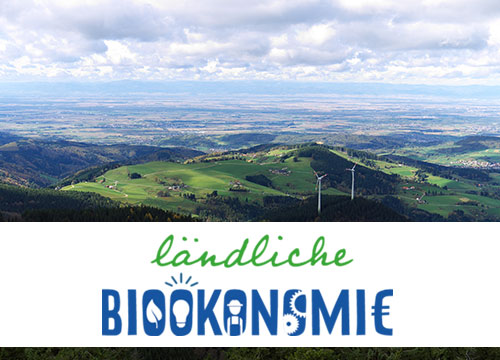
The “rural bioeconomy” is a further development of the industrial bioeconomy. Rural areas no longer serve exclusively as suppliers of raw materials for industrial processes, but they are themselves driving the implementation of decentralised bioeconomy approaches.
The aim is to implement a large part of the value creation stages and steps within the region, so that rural areas benefit from the positive effects of a growing bioeconomy in terms of value creation and employment.
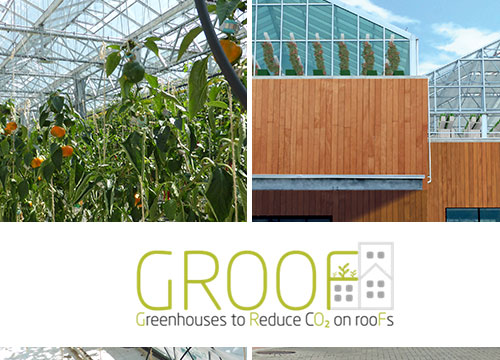
GROOF aims to reduce CO2 emissions through an intelligent combination of building and greenhouse (integrated rooftop greenhouse, IRG). It is assumed that IRG’s have a lower heating requirement than conventional greenhouse production if planned accordingly.
In concrete terms, the combination of building and greenhouse could contribute the transmission heat from the top floor ceiling and the waste heat potential from the exhaust air of the building air conditioning system to heating the greenhouse. As a synergy effect, the exhaust air from the building could also be used to fertilize the plants with CO2.
The possible primary energy savings in greenhouse production will be tested and demonstrated, taking into account different framework conditions (building, greenhouse and equipment), and the resulting CO2 reduction potential will be presented. In addition, local production eliminates the need to transport food by lorry, which also contributes to CO2 reduction.
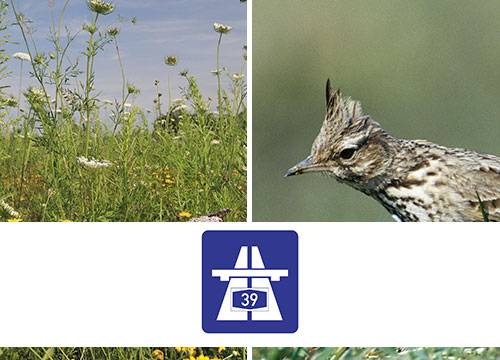
Road construction measures are causing interventions in the habitats of wild plants and animals. As a rule, agricultural land is built over, the functions of which have to be compensated or replaced by compensation measures.
In the Lüben area, a novel mixture of wild plants was cultivated along the A39 motorway, which was investigated by systematic mapping of birds (avifauna: territory mapping according to SÜDBECK 2005) for biodiversity benefits, in particular for the field.
